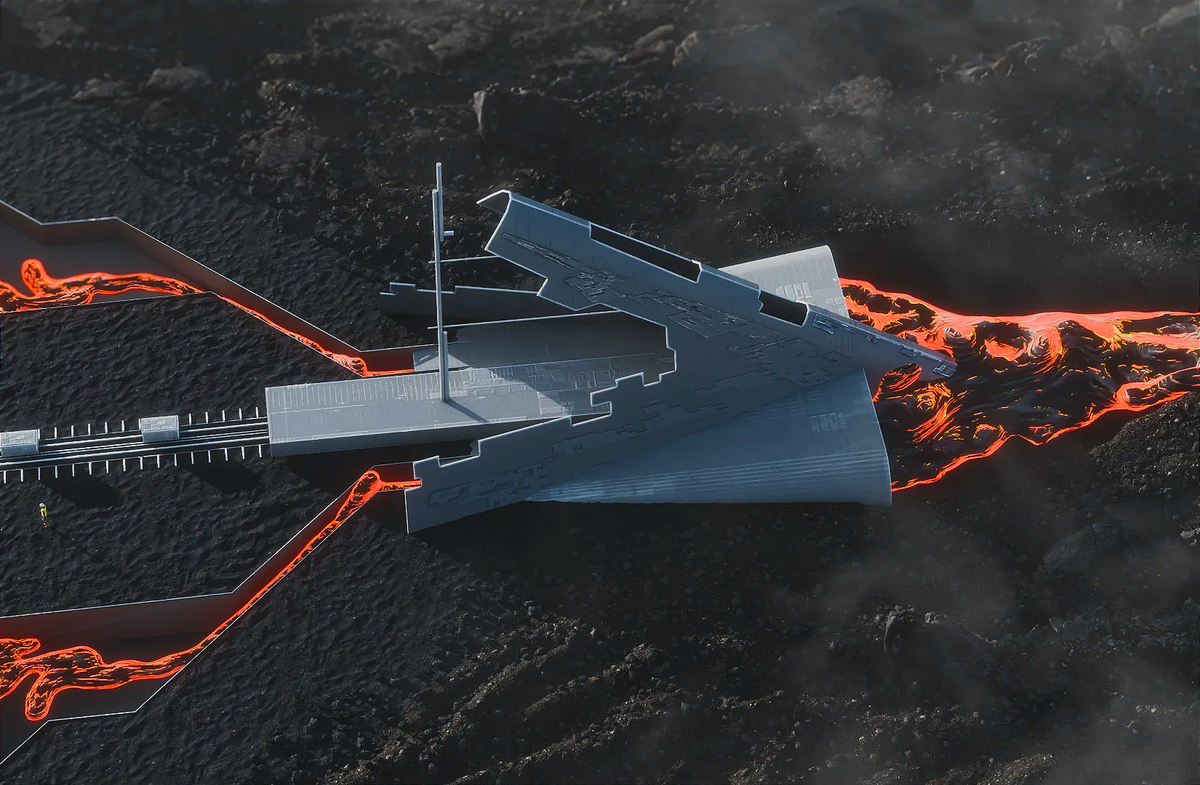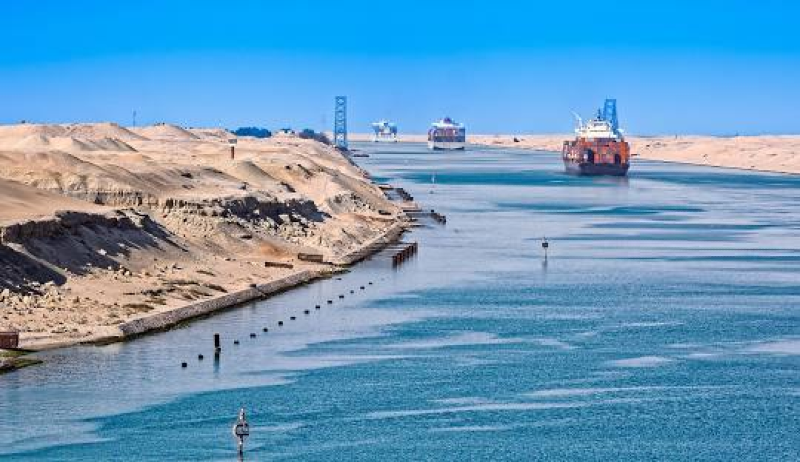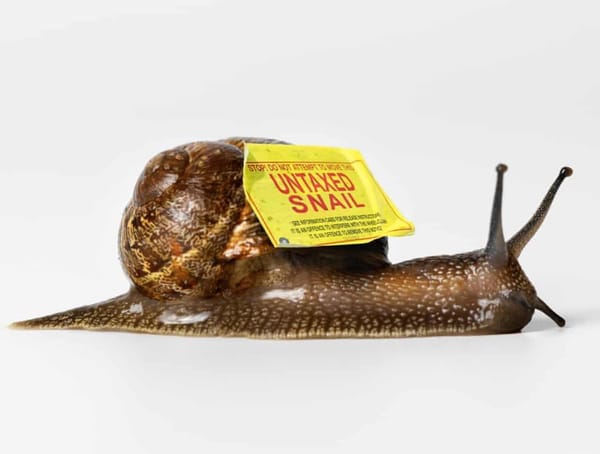This Icelandic architect wants to build cities out of lava

From MIT: "Arnhildur Pálmadóttir was around three years old when she saw a red sky from her living room window. A volcano was erupting about 25 miles away from where she lived on the northeastern coast of Iceland. Though it posed no immediate threat, its ominous presence seeped into her subconscious, populating her dreams with streaks of light in the night sky. Fifty years later, these “gloomy, strange dreams,” as Pálmadóttir now describes them, have led to a career as an architect with an extraordinary mission: to harness molten lava and build cities out of it. Pálmadóttir today lives in Reykjavik, where she runs her own architecture studio and the Icelandic branch of the Danish architecture company Lendager, which specializes in reusing building materials. The architect believes the lava that flows from a single eruption could yield enough building material to lay the foundations of an entire city. She has been researching this possibility for more than five years as part of a project she calls Lavaforming."
Amelia Earhart was pushed to make riskier flights by her publicity-hungry husband

From The New Yorker: "Rather then spending time practicing in the powerful Electra, Earhart had been crisscrossing the country, giving lectures, making sponsorship appearances, and attending promotional events. For a while, she had a gig as the aviation editor at Cosmopolitan, in which she published a column about flying; she also launched a line of pilot-inspired women’s clothing. Seen from today’s perspective, Earhart was at once a pioneering aviator and a proto-influencer. Her husband of half a dozen years, George Palmer Putnam publicly blamed a blown tire, skirting any mention of pilot error. An heir to the Putnam publishing empire, he was more than Earhart’s husband; he was her manager, dealmaker, and publicist. Some found him dashing, but others thought of him as a hustler. He’d launched Earhart into fame with that Atlantic crossing in 1928 with the intention of publishing a quickie memoir."
South Korea's female free divers appear to have altered DNA that allows them to survive

From Scientific American: "South Korea’s famed Haenyeo (“sea women”) spend much of the day underwater, diving without scuba gear to collect abalone, octopus, kelp and other prized seafood. Admired both culturally and scientifically, they have been plunging into the frigid waters of Jeju Island since as early as 503 C.E.Now, for the first time, a study has found both genetic adaptations and training effects that are unique to these women and could explain how the Haenyeo withstand the intense physical stresses that come with continuous diving. The findings, published in Cell Reports, zero in on specific genetic features of the Haenyeo that allow the bodies of these divers to more efficiently control blood pressure, for example. The researchers hope closer investigations into such genetic traits could inform future approaches to certain disorders or illnesses."
Hi everyone! Mathew Ingram here. I am able to continue writing this newsletter in part because of your financial help and support, which you can do either through my Patreon or by upgrading your subscription to a monthly contribution. I enjoy gathering all of these links and sharing them with you, but it does take time, and your support makes it possible for me to do that. I also write a weekly newsletter of technology analysis called The Torment Nexus.
The Egyptians had a precursor to the Suez Canal known as the Canal of the Pharaohs

From Wikipedia: "The Canal of the Pharaohs, also called the Ancient Suez Canal or Necho's Canal, is the forerunner of the Suez Canal, constructed in ancient times and kept in use, with intermissions, until being closed in 767 AD for strategic reasons during a rebellion. It followed a different course from its modern counterpart, by linking the Nile to the Red Sea via the Wadi Tumilat. Work began under the pharaohs. According to Darius the Great's Suez Inscriptions and Herodotus, the first opening of the canal was under Persian king Darius the Great, but later ancient authors like Aristotle, Strabo, and Pliny the Elder claim that he failed to complete the work. Another possibility is that it was finished in the Ptolemaic period under Ptolemy II, when engineers solved the problem of overcoming the difference in height through canal locks."
The Apollo astronauts had to go through US Customs after they got back from the moon

From Space.com: "Before the ticker tape parades and the inevitable world tour, the triumphant Apollo 11 astronauts were greeted with a more mundane aspect of life on Earth when they splashed down 50 years ago — going through customs. Just what did Apollo 11 astronauts Neil Armstrong, Buzz Aldrin and Michael Collins have to declare? Moon rocks, moon dust and other lunar samples, according to the customs form filed at the Honolulu Airport in Hawaii on July 24, 1969 — the day the Apollo 11 crew splashed down in the Pacific Ocean to end their historic moon landing mission. The customs form is signed by all three Apollo 11 astronauts. They declared their cargo and listed their flight route as starting Cape Kennedy (now Cape Canaveral) in Florida with a stopover on the moon."
An unusual but winning move in the game Musical Chairs
1000 IQ move in Musical Chairs pic.twitter.com/4KIbqnKCCj
— Dudes Posting Their W’s (@DudespostingWs) June 1, 2025
Acknowledgements: I find a lot of these links myself, but I also get some from other newsletters that I rely on as "serendipity engines," such as The Morning News from Rosecrans Baldwin and Andrew Womack, Jodi Ettenberg's Curious About Everything, Dan Lewis's Now I Know, Robert Cottrell and Caroline Crampton's The Browser, Clive Thompson's Linkfest, Noah Brier and Colin Nagy's Why Is This Interesting, Maria Popova's The Marginalian, Sheehan Quirke AKA The Cultural Tutor, the Smithsonian magazine, and JSTOR Daily. If you come across something interesting that you think should be included here, please feel free to email me at mathew @ mathewingram dot com



